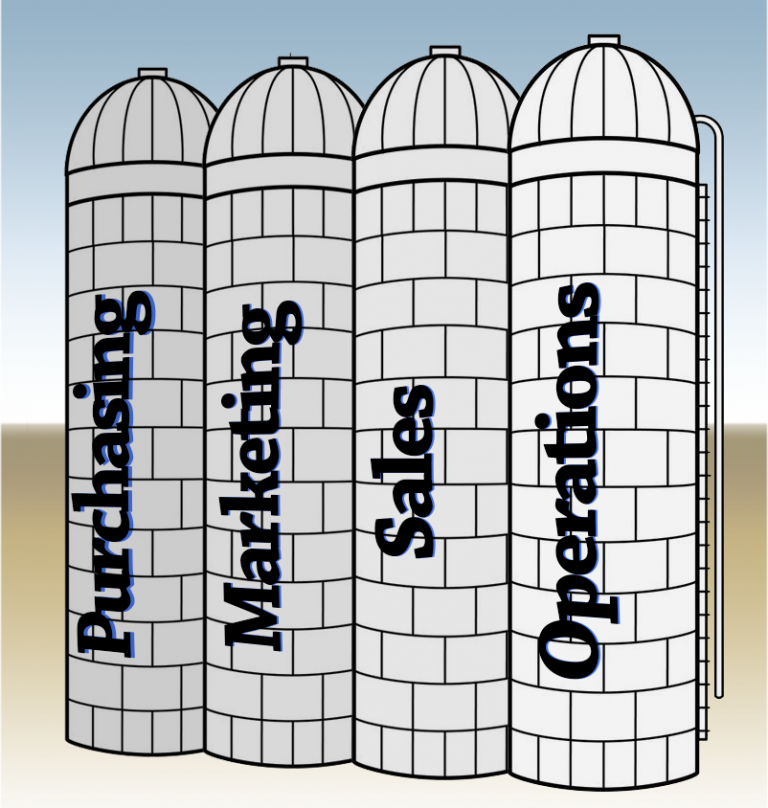Siloes of data are slowing down growth in the OPE industry
by Jeff Winsper

It is not uncommon that any organization, or industry in general is challenged to integrate customer data. It is especially more apparent with the OPE (Outdoor Power Equipment) industry due to the independently owned dealer network on “Main street.” In essence, it is a billion-dollar cottage industry – and each cottage has their own silo of data.
To compete more effectively and efficiently with the Big Box stores or Tractor Supply (I refer to TSC as boutique box), the OPE industry leaders and organizations could bring lots of value by sharing relevant data. Now I know many companies feel threatened by this, but who really is the antagonist in the story? It isn’t the dealer down the street, or the 3-4 manufacturers whose product lines co-exist at a dealer location. It is the advanced analytics collected, processed, analyzed and activated by the big box companies every day.
Now, I am not even close to suggesting people share proprietary data, or just basic product market share data across the manufacturers. No – I am suggesting that dealer-to-distributor-to-manufacturer data can be shared to help all involved on daily business decisions such as:
- Understanding monetary value of the PRO/homeowner customer to each respective entity
- Realizing product sales lift due to co-op marketing investments
- Decoding buyer purchase behavior to target the right next product or accessory sale
- Uncovering product turnover rates.
- Calculating profit per square foot of merchandizing
- Reducing marketing waste
I realize there is always going to be a mutual tug between all entities, but when each see the common customer within the context of their business role, the growth opportunities are boundless. Trying to hide the customer data in the end actually can have more of an adverse effect on the consumer experience then most realize. Role play as a consumer outside this category: It is far more rewarding when your brand of choice treats you with the personalization you deserve. You feel empowered by the brand. Common courtesy and service are mere table stakes. Having a data-driven customer-centric engine to engage consumers on their terms is the advantage.
Anticipating and delivering only what the consumer wants increases satisfaction and loyalty. This is when marketing and sales become a value-added service, not a nuisance.
